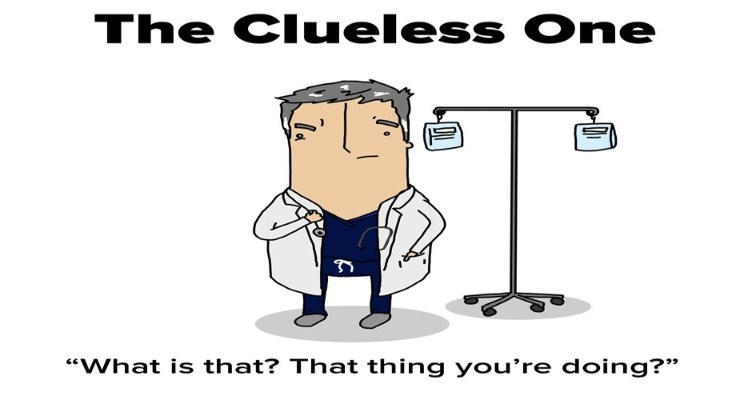
My Boss Doesn’t Get It, Part Two
In the previous blog entry, I introduced the idea that a manager at any level in an organization could apply the frameworks in Zone to Win to their own operation, independent of whether their boss “gets it” or not. In that entry we focused on using best practices from the Performance Zone to structure the way in which you manage and deliver the services your organization, if funded to, provide. That is and always will be Job 1.
In this entry we are going to turn our attention to the Productivity Zone. The idea here is that, as a manager of a funded entity, it is your job to deploy the resources entrusted to you in the most efficient and effective manner possible. To do this you are going to divert a portion of those resources away from the Performance Zone to invest elsewhere. You still have to meet your Performance Zone commitments, and that is still Job 1, but it is not the only job in the queue. You also have a responsibility to develop both your organization’s capabilities and your people’s talents so that going forward you and they can take on new challenges as they come up. This is where the Productivity Zone comes in.
As a leader funding any efforts in this zone out of your own funding contract, you want to make sure you get a real bang for your buck. Best practices says there are two things that can deliver the goods. One is to invest in programs that make you more effective. The other is to invest in systems that make you more efficient. Let’s take them one at a time.
When you fund a program, don’t get distracted. You really don’t care about the mechanics of the program itself or how much people want it, or what kind of evaluation they give it. What you are buying is a change in state. That is, you want a step change in the capabilities of your team or operation, and nothing else. If the program cannot deliver that, don’t fund it. If you fund it and it doesn’t deliver the state change you need, raise holy hell until it does. State changes are key to your team’s value to the enterprise and to your future in the company. Don’t settle for anything less.
By contrast, when you fund a system, you really do care about the mechanics because what you are buying in this case is a more efficient way of operating, which in turn demands that everyone involved actually adopt the system and that it actually work. You aren’t investing to make things better here, so it is critical that you not make them worse. The worst thing you can do is install a system that makes things go sideways or even backwards. What you want instead is to eliminate busy work and wasted motion without sacrificing quality or response time. This takes real innovation, but it is very much worth it if it works as advertised. You need to get close to the details to make sure that is the case.
Here’s the key point. Most investments in productivity actually fall in between these two goals. They either result in programs that are well received but don’t change state or systems that might be locally more efficient but globally are not. This is just waste, and let me assure you that right now you are funding waste, maybe quite a lot of it. Rather than get mad, however, cheer up. By stopping that funding immediately, you just increased your discretionary budget. Moreover, when you sit down with your team and give them the program/systems challenge, after they get over being miffed, they are going to get turned on, because it is a really cool challenge and it delivers really valuable results.
That’s what I think. What do you think?
Read Part One | Read Part Two | Read Part Three | Read Part Four
______________________________________________________________________
Geoffrey Moore | Zone to Win | Geoffrey Moore Twitter | Geoffrey Moore YouTube
Regional Sales Manager, East at Hort Americas
5yI sell an enterprise IT software product that fits this discussion well. What we offer is both a system and a program and requires full participation to see the profound disruption it provides and the exponential gains in efficiency and effectiveness. Now how to leverage this train of though in my sales pitch! Thanks for the insight!
Medical Devices |Regulatory Affairs |Market Analyst|Product Management | Quality Systems
5ySo you got “buy-in for your productivity program, then you shut it down. How do you manage the fallout? Many managers never admit they were wrong and make a sharp pivot that leaves the team wondering, “what just happened?
Inspiring Passion & Success, CEO, Founder, COO, Board Director, Management Team, Strategy, Innovation, Sustainability, Change Management, Risk Management, Start-ups/Scale-ups, IoT, Author "Xponential Growth", Consulting.
6yProductivity improvement is essential and goes together with performance improvement and innovation. You need all 3 to succeed in any business
Brilliant Geoffrey!
Chief Executive Officer, Investor and Go-to-Market Coach
6yJust read #ZoneToWin - again! Very timely. Not an easy recipe for driving true innovation, but an honest approach.